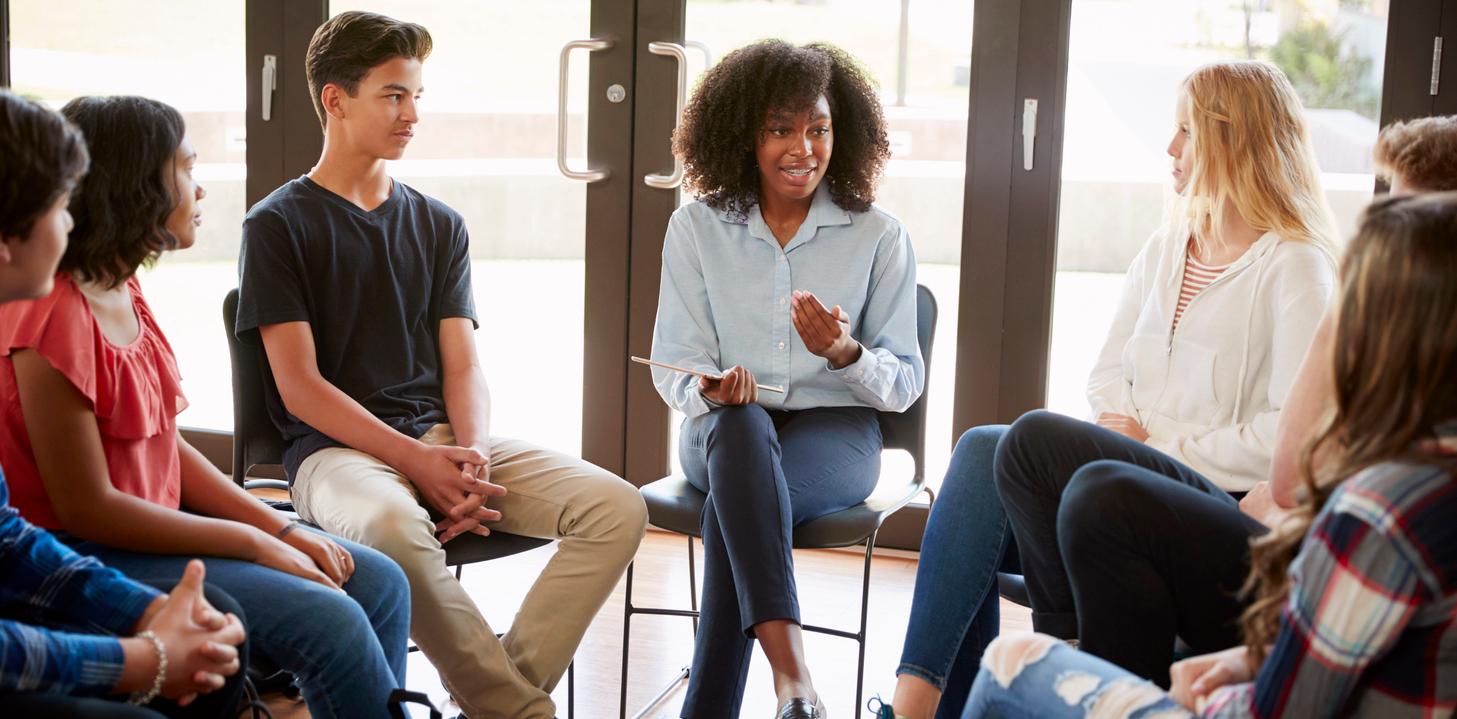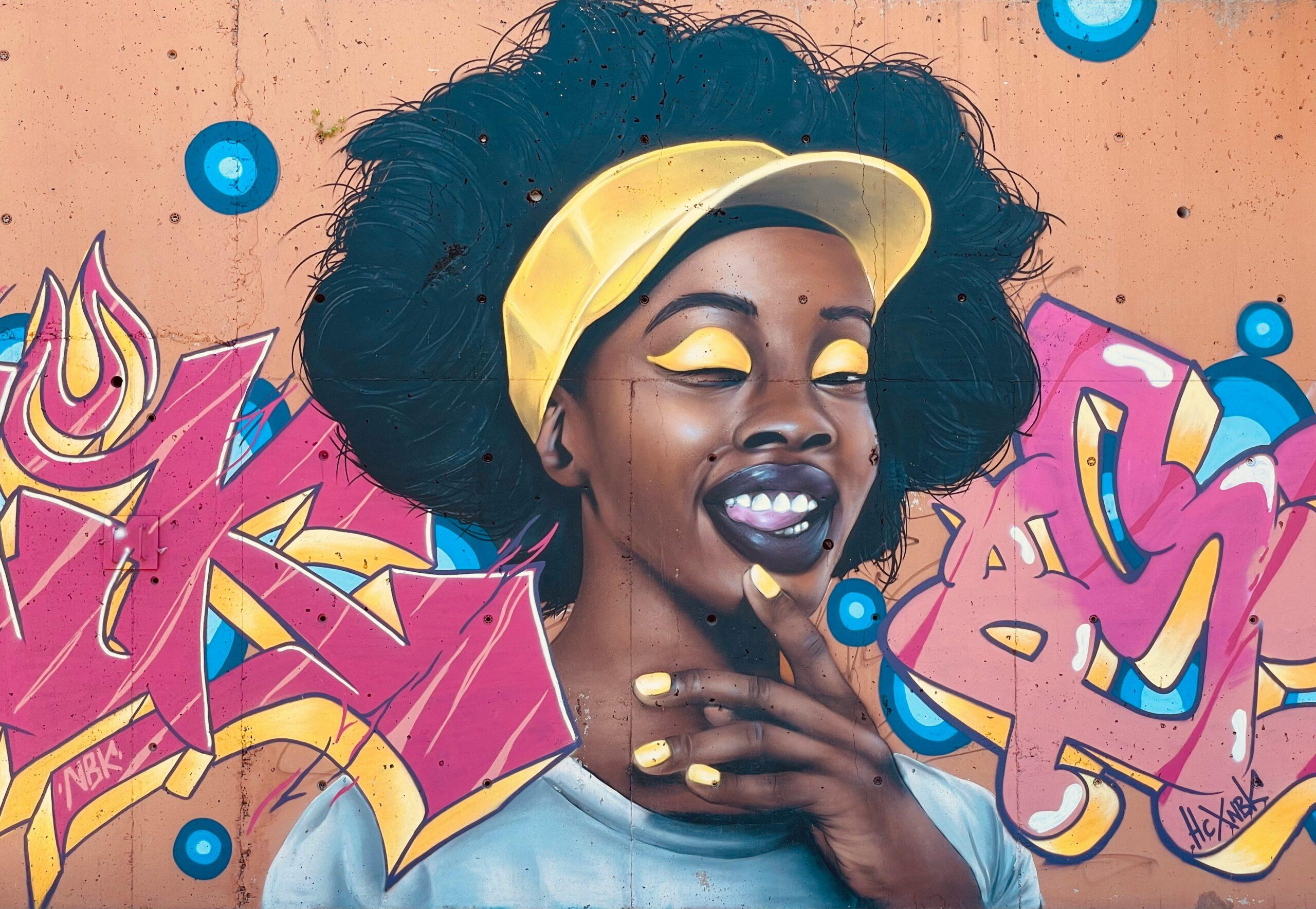Mindfulness Methods For Educators (And Everyone)

It goes without saying that life can get busy. This is particularly true in my life as an educator. Monday through Friday, I am nonstop. From lesson planning, executing the lesson, grading, and supporting students, and other professional duties it seems as though I never have a moment to check in with myself. It is very easy to lose touch with your inner self.
Students also have lives that are filled to the brim. My students, in particular, have additional challenges they have to navigate. As English language learners, they are learning a new language and culture, processing the traumas of their past, and the usual teen angst. Needless to say, both my students and I need a moment. With so much emphasis on testing and academic rigor, the social-emotional needs of both teachers and students are often overlooked. Providing a well-rounded education to my students means addressing both their academic and social-emotional needs. It’s hard to know where to start.
Fortunately, there are websites like Greater Good in Education. Created by the Greater Good Science center at UC Berkeley, their mission is “to bring the science for a meaningful life into the lives of education professionals and the students they serve.” Upon hearing about this organization and their work, I knew this was the missing link. There is an immense benefit to incorporating mindfulness strategies into the classroom. Cultivating qualities such as compassion, gratitude, and empathy can transform the classroom experience and the lives of my students in the future.
After browsing the site and reading about the various strategies and techniques, I decided on Flow and Tell. This mindfulness practice allows my students and I a quiet moment of reflection to really check in on our minds and bodies. Then, we are able to share our feelings in a safe space. This shared experience allows us to see that we have more in common than not. We all have challenges we are facing, and we all want to feel acknowledged and heard.
I started this activity by assessing my students’ background knowledge in areas such as mindfulness, gratitude, self-awareness, and meditation. My students had some understanding of these terms but weren’t exactly clear on how they are woven together. In our discussion, we talked about how these terms work together. The students realized that taking moments to become self-aware helps us to better understand ourselves, and in turn, gives us the opportunity to offer grace and compassion to others.

Instead of immediately trying this as a whole class activity, I decided small groups within a circle would be best the approach. A smaller setting would help ease anxiety about sharing and make the experience more intimate. We started with two minutes of stillness. During this time, the students were instructed to take deep breaths and really become aware of their sensations. I played meditative music in the background. Afterward, students were able to share what they were becoming aware of and what they were feeling in this shared moment. At first, students were reluctant to share, so I shared first. The students began sharing in their groups with the person sharing holding the talking stick as part of the instruction for the Flow and Tell activity. As a result of this activity, students shared that they felt empty and clear of mind. The students expressed that taking this little moment helps them feel more prepared to take on the day. The students felt that this activity was beneficial enough to become part of the routine.
We are now doing Flow and Tell on Mondays and Fridays. I look forward to exploring the long term effects of flow and tell in my classroom. While Greater Good in Education is focused on teachers and students, their mindfulness strategies can be beneficial in any workplace or part of any personal development routine. Check out Greater Good in Education for practices that may work in your classroom or fit into your personal wellness ritual.
[Editor’s note: This post was sponsored by Greater Good in Education.]






